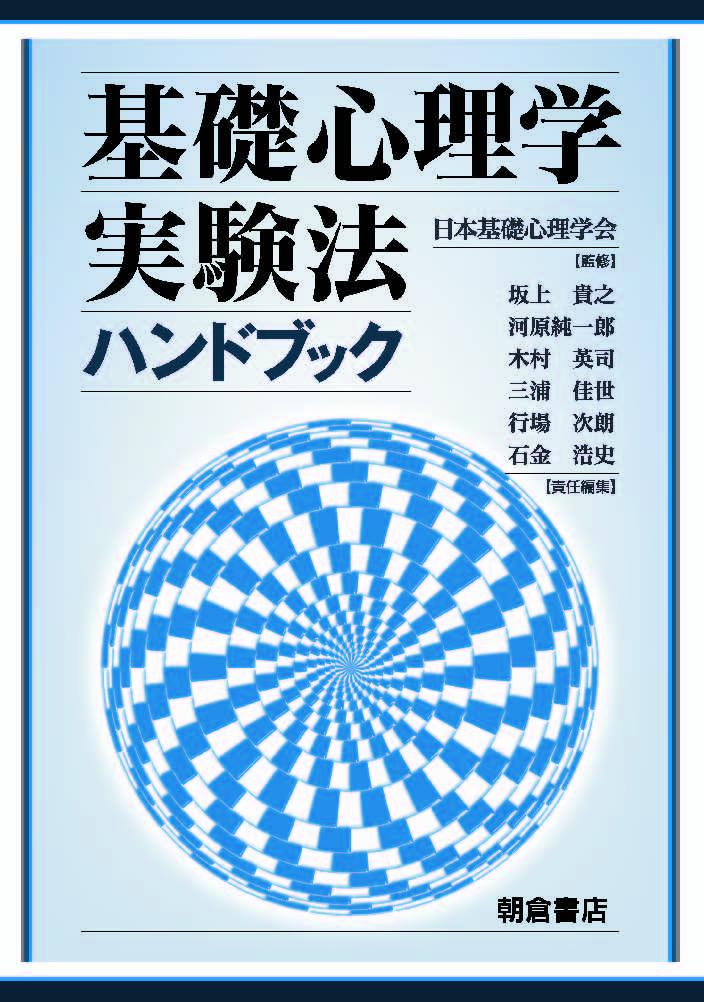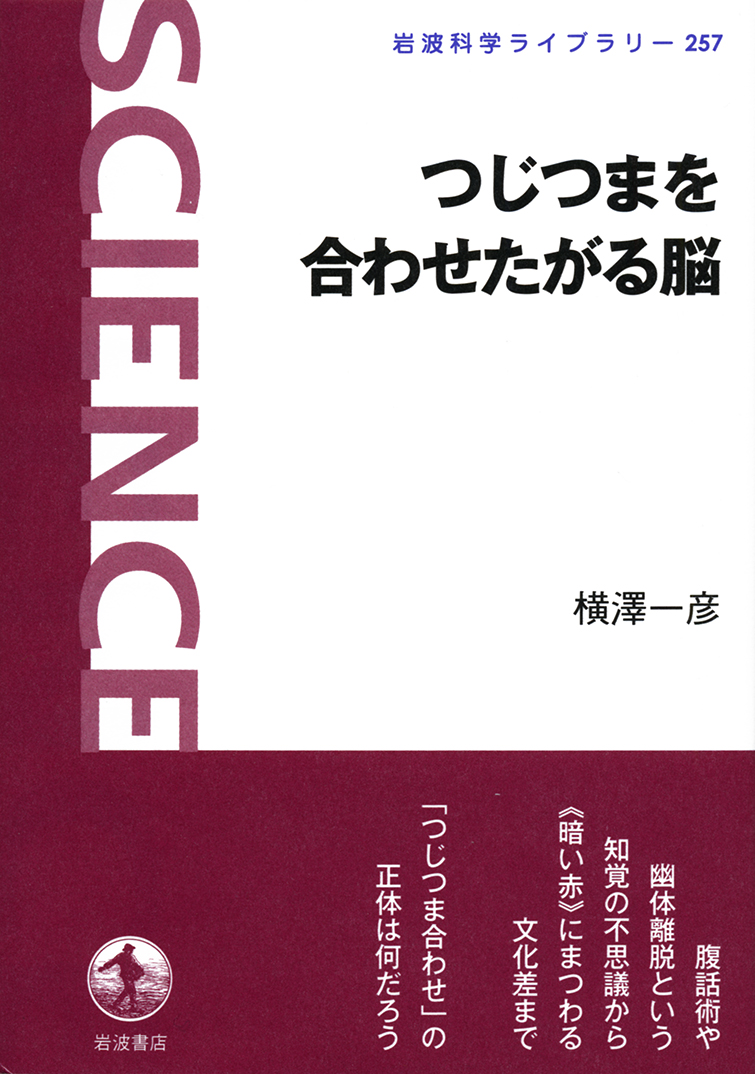
Title
Spatiotemporal properties of multiple-color channels in the human visual system (jov July 2016, Vol.16, Issue 9)
Size
13 pages
Language
English
Released
July, 2016
Published by
Journal of Vision
Book Info
Japanese Page
How do humans perceive colors? Various studies have revealed information to some extent regarding the basic mechanism behind color perception. First, receptors in the retina, called cones, extract components from the three primary colors red, green, and blue from images. These three signals then undergo information processing by retinal neurons and are converted into signals called antagonistic colors, creating pairs such as red versus green and blue versus yellow. The mechanism leading up to this two-step color processing is well established and has even been described in textbooks. However, in the recent years, it has been found that in the striate cortex of monkey brains, these two-dimensional antagonistic color signals are then further subdivided into numerous hue signals, including purple and orange. For example, there are certain neurons that only react to the specific hue of orange. These are called multicolor channels. The striate cortex is also well known for extracting information on shapes and movements from retinal images. However, do multicolor channels ignore shapes and movements to purely process colors alone? Conversely, do these channels process colors, shapes, and movements in a simultaneous manner? In order to answer these questions, we used a psychophysics experimental method called masking to investigate whether sensitivity to hues in the human visual system exhibits selectivity toward shapes and movements. We created a striped pattern defined with color signals alone in the Derrington–Krauskopf–Lennie color space and precisely measured how human visual detection sensitivity for this striped pattern changes as a result of various types of color noise. Results showed that multicolor channels that selectively process specific hues are also simultaneously selective toward shapes but exhibit hardly any selectivity toward movement. This suggests that many multicolor channels detect and process image components with specific hues and orientation (e.g., vertical orange lines) regardless of the direction of movement. In other words, this means that although the human brain processes advanced color information in the form of hues together with shapes, this processing is quite independent from the processing of movement. The fact that the human visual system combines color, shape, and movement information in this way indicates that this is the most efficient means of processing intricate images in the natural world. If this is so, this discovery could aid in the development of technology for compressing and efficiently transmitting high-resolution, large-scale images and video footages.
(Written by Isamu Motoyoshi, Associate Professor, Graduate School of Arts and Sciences / 2017)



 Find a book
Find a book


 eBook
eBook
